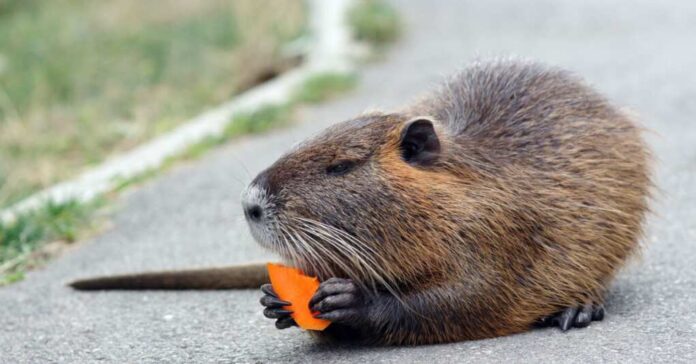
A massive, invasive rodent, the nutria, has re-emerged as a significant threat in California’s Bay Area, posing risks to infrastructure, agriculture, and public health. Originally eradicated from California, this South American native was found again in 2017, with its population now expanding into new counties.
The nutria’s ecological impact is profound; it consumes massive amounts of vegetation, leading to soil erosion, damage to agricultural lands, and the degradation of wetlands crucial for water management and wildlife.
No word yet if nutria are nutritious or if they are eligible to vote in California
Close to a thousand nutria have been hunted down in the Bay Area this year alone, and wildlife officials are urging people to share reports of the invasive, 2.5-foot-long rodents as recent… pic.twitter.com/crtAmix1gC
— KenMatthews (@KenMatthews) October 3, 2024
The response to this invasion has been both immediate and strategic. Wildlife officials, including the CDFW, have escalated their efforts through trapping, monitoring with cameras, and seeking public cooperation for broader surveillance and control. The health risks associated with nutria, including the spread of diseases, add urgency to these control measures, aiming not only to protect the ecosystem but also to safeguard community health.
The nutria’s return to California underscores the ongoing battle against invasive species in the U.S. Once brought over for their fur, these rodents now represent a bioinvasion challenge, reflecting on broader issues of species introduction, management, and the unforeseen impacts on native ecosystems.
The efforts to manage and possibly eradicate the nutria serve as a case study in invasive species control, highlighting the need for swift, coordinated, and sustained action to mitigate ecological disasters.














